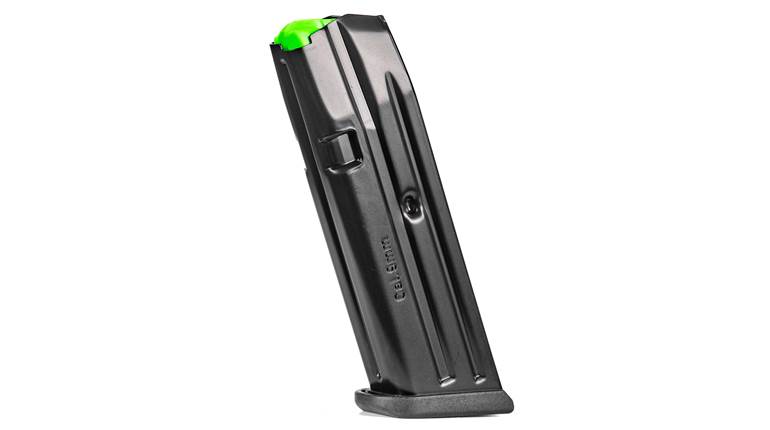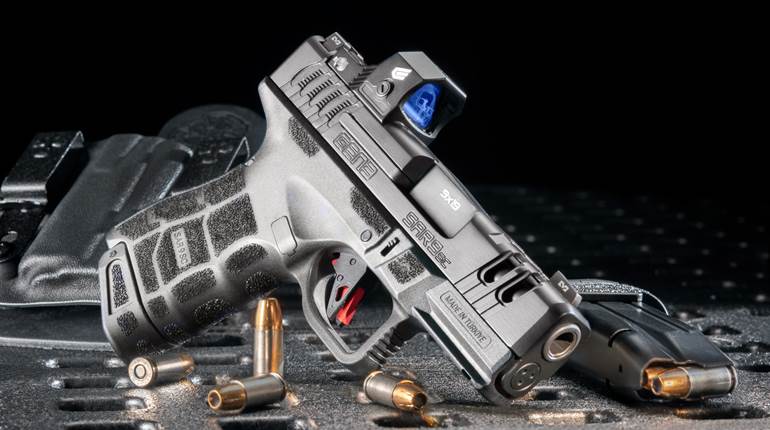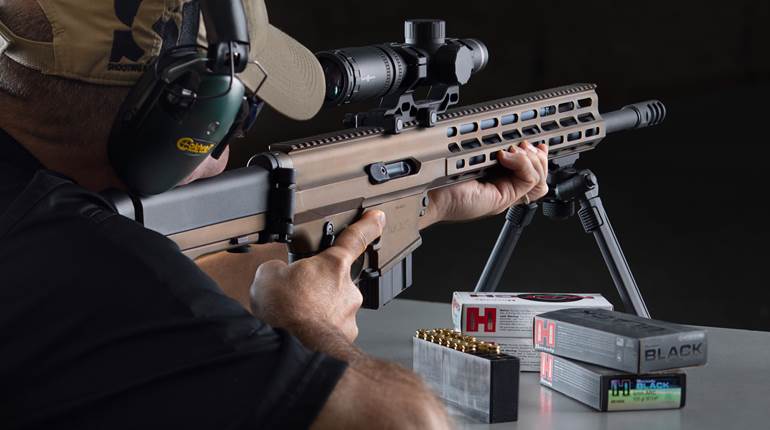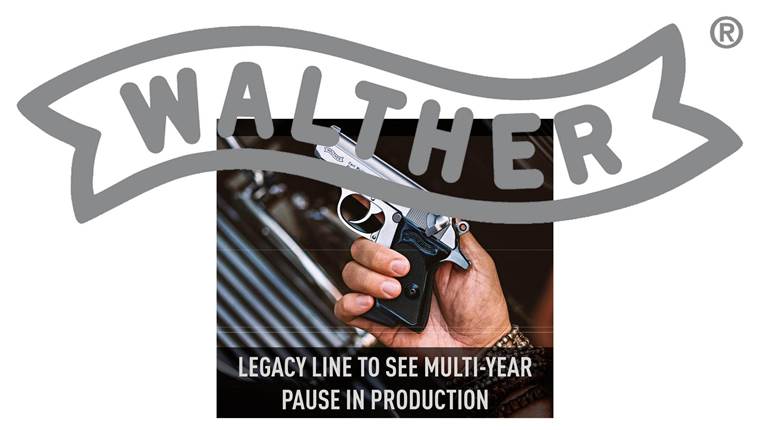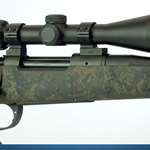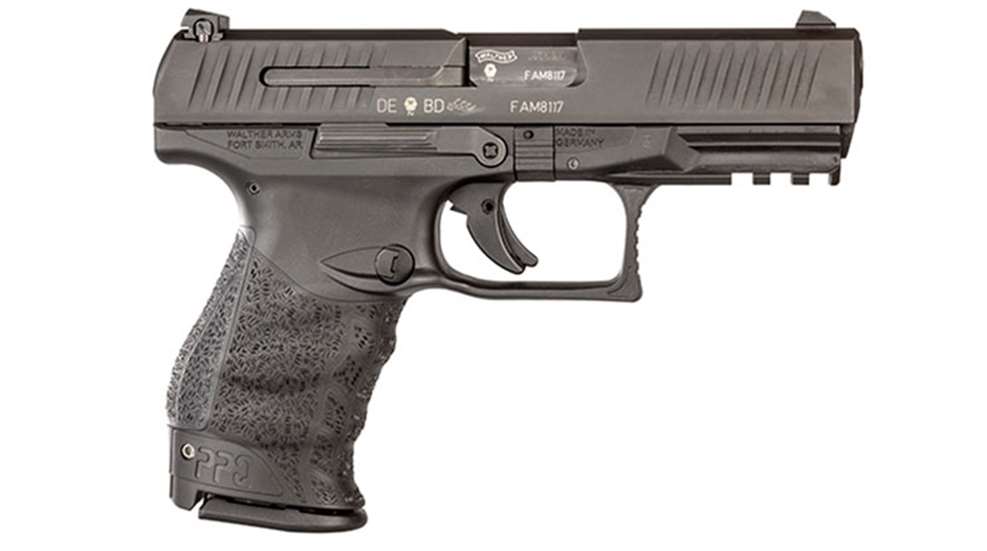
This article, "A New Walther Service Auto: The PPS M2," appeared originally in the May 2015 issue of American Rifleman. To subscribe to the magazine, visit the NRA membership page here and select American Rifleman as your member magazine.
If you’re intrigued with cutting-edge semi-automatics, you really need to look at one of the latest versions of the Walther PPQ, a police, military and civilian defensive pistol introduced several years ago.
The new version of the gun has a longer slide and barrel that add a full inch to the overall length, improving its pointability, balance and overall handling. It prompts me to wonder what I could do with one of these slim guns on the old PPC course.
In fact, the gun may have been designed with competitive shooting in mind, although it would also make a fine holster gun. Of all the modern semi-automatics, this one comes closest to doing away with that square, blocky, awkward feel that plagues almost everything you pick up these days.
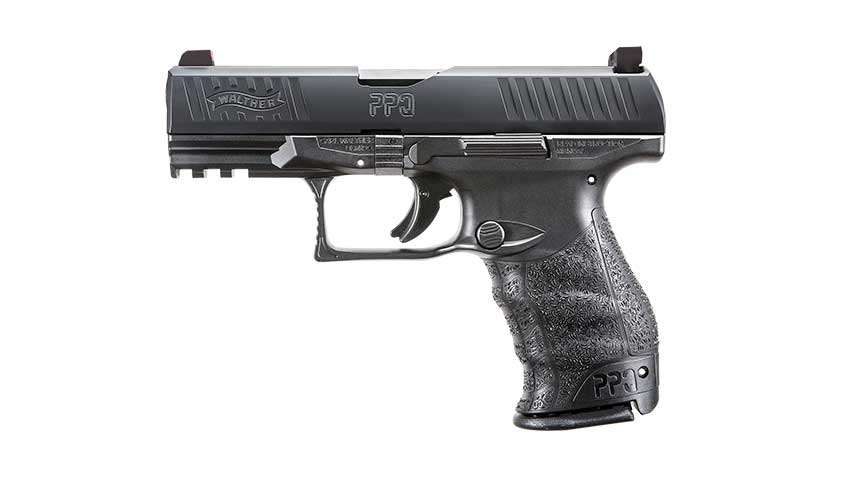
Walther’s PPQ M2 is a recoil-operated (Browning tilting barrel) semi-automatic with a typical double-column magazine capacity of 15 rounds (in 9 mm Luger). It has a molded polymer receiver and stainless steel slide and barrel. Sights are likewise typical, with three-dot highlights on the square-notch rear and post front.
The polymer frame has a system of different-size backstraps that permit some fitting of the gun to shooter’s hands. It also would allow a police officer working in winter cold to somewhat slim down the pistol for use with gloves. PPQ ergonomics are excellent, with a single large finger groove on the frontstrap for the middle finger and a grainy, crackle finish over most contact surfaces.
Trigger approaches are smooth, slightly concave surfaces that lead to the usual articulated trigger safety. The only other tactical control is the slide lock, which is found on both sides of the pistol. There is no manual safety. For shooters who prefer it, the magazine release may be changed to work from either side.
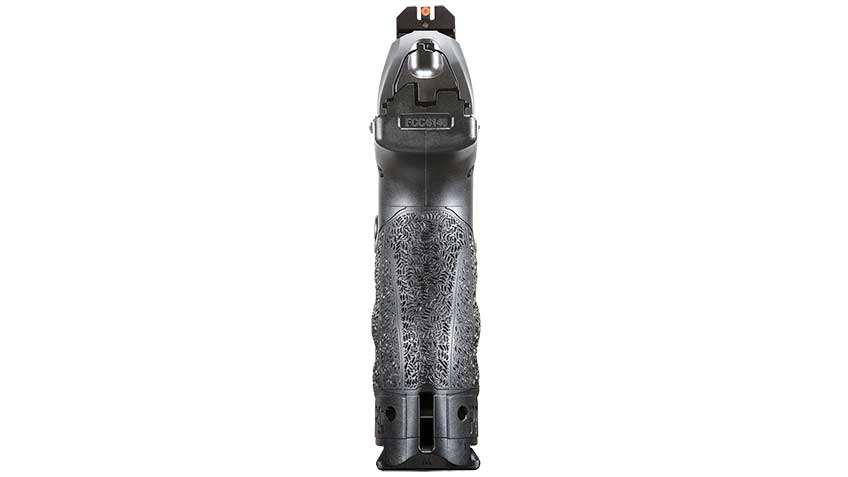
When the shooter chambers a round in his PPQ, the movement of the slide cocks an in-line internal striker. It is fully cocked, so the trigger performs only the single function of releasing the striker to fire.
It is the nature of that trigger pressure that makes this pistol so distinctively different. What feels like initial takeup in the trigger stroke clears an internal drop safety before the lockwork sets for release. There is no annoying series of clicks, pops and springs moving as you press back. Release takes about 5 lbs. of pressure and the break is crisp. The slide cycles and that motion recocks the striker as a fresh round moves into the chamber and the slide closes.
With practice, a shooter can learn to hold the trigger back as all this happens. He then allows the trigger to come forward about 1/10", there is a slight click as the trigger resets and he can fire another round. Fast pairs come out of this gun in a fraction of a second, when a trained and proficient shooter is working. The trigger pull is the same for every shot.
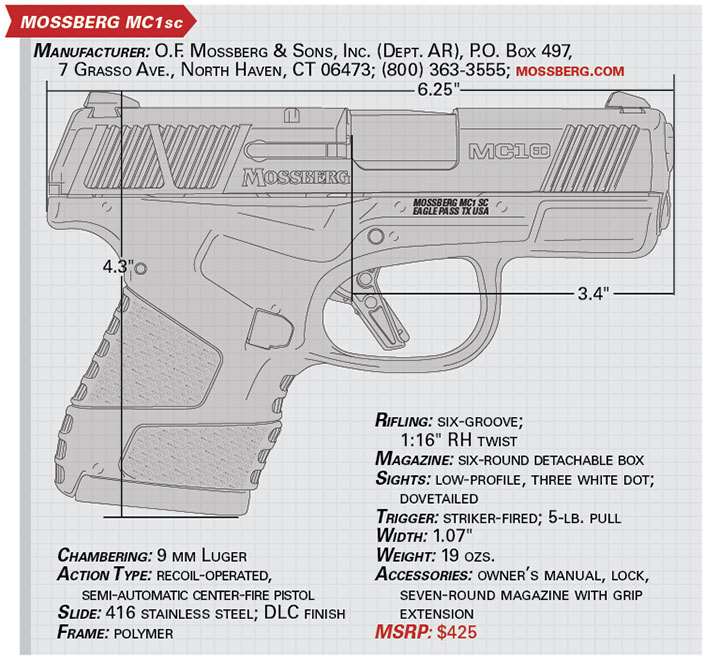
The PPQ performed quite well in the operational sense, with no malfunctions. There are currently several versions of the PPQ pistol in both 9 mm Luger and .40 S&W, including a threaded-barrel “Navy” model. There are even several .22 Long Rifle models for training and field use.
For police holster use, the 4" models are going to be very popular. But this newer 5" pistol handles, points and behaves so well that I think I would prefer to have it. A .45 ACP PPQ would be a great gun. As tested, the trigger system of the 5" barreled pistol is right at the top of the heap of quality pistols.












